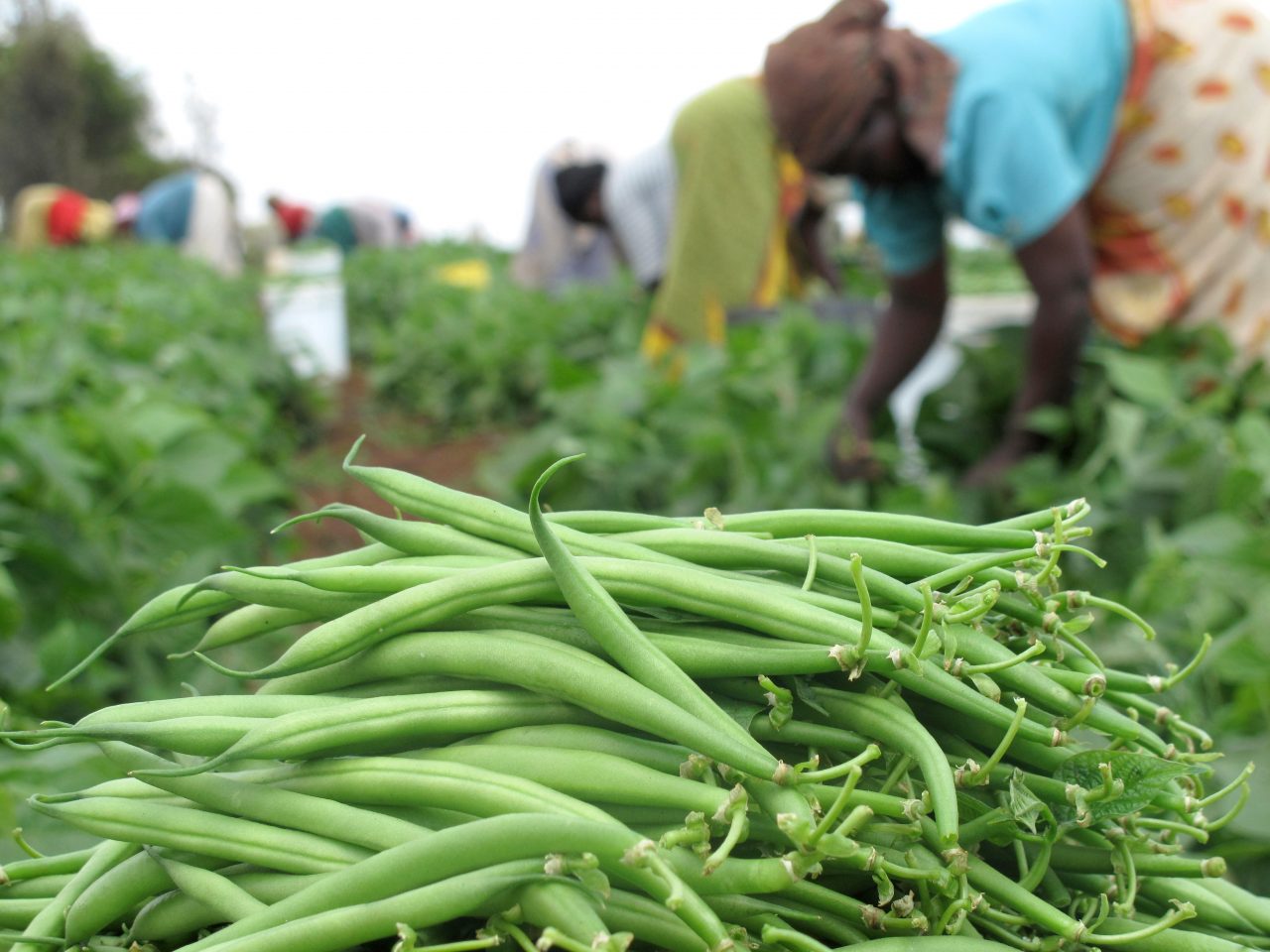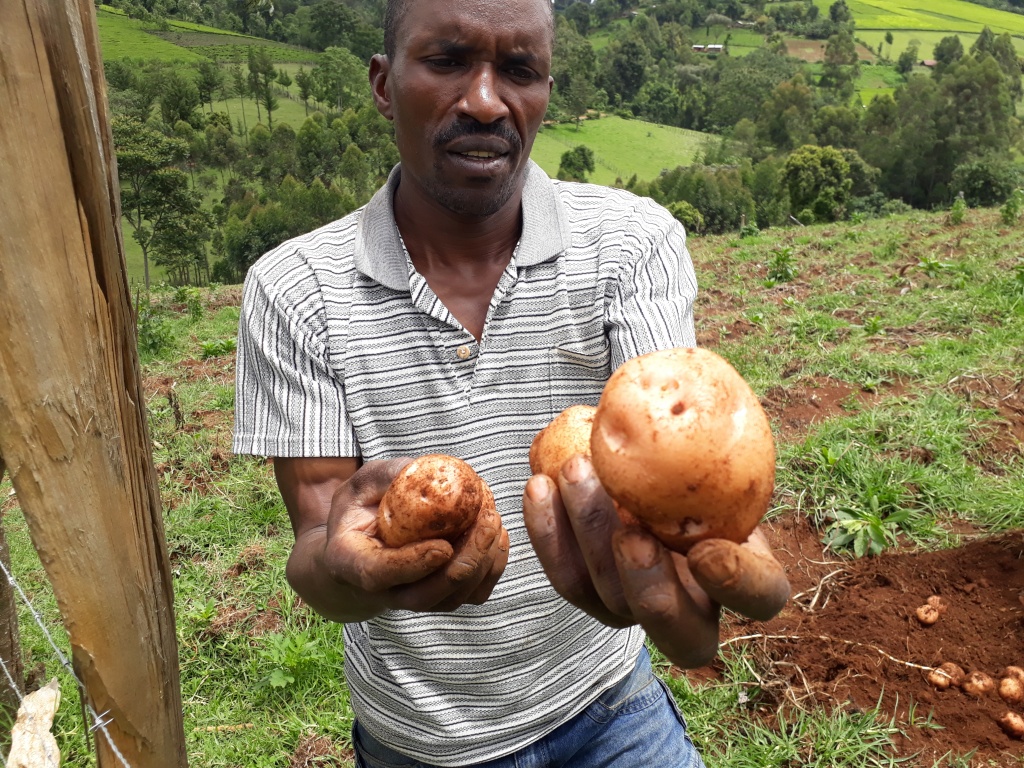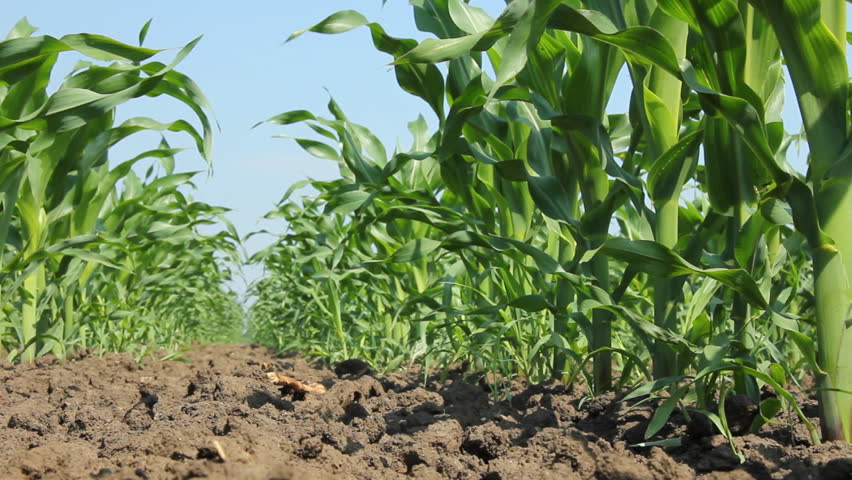French beans which may otherwise be known as string, snap or dwarf beans are grown all year round in frost free areas. Yields are maximized when temperatures lie between 15 – 28°C and some pollination problems may occur if temperatures fall to 4°C or go above 35°C.
- Soils
Deep, well drained soils are preferred with an ideal pH of 5.5 to 6.5 (CaC12). All soils must be analysed before planting, so that corrective measures may be taken before a problem becomes noticeable.
- Fertilization
As a general guide, apply 800 – 1000kg/ha Compound A, B, C on lighter soils and 400 – 500kgs/ha on heavier soils. The amount of top-dressing used, and frequency of application varies depending on soil type. On sandy soils up to 300kg/ha. AN can be applied split on a weekly basis starting from week 3 or 4 and should continue well into flowering and pickling. Less AN would be required on heavier soils and the time between applications may be longer.
Additional potash may be required at 75 – 100kg/ha. MOP or SOP in total should be applied split between flower bud stage and early production. French beans are sensitive to several micronutrient deficiencies particularly on anthill areas in the lands. Application of foliar sprays containing zinc and iron as well as other elements will be of some benefit to the crop.
- Varieties
Rust resistant varieties like the fine beans Moonstone, Lomami, and Salima, supplied by SeedCo are the order of the day now. Seed may either be mechanically, or hand sown to achieve a population of 300, 000 plants per hectare. The approximate weight of seed will vary according to variety, but is normally in range of 60 – 65kg/ha.
Green beans yield 6 tons to 12 tons per hectare, but yields can be even high if properly managed. Sow seed to a depth of 25mm into moist pre-irrigated soil. Always plant upwind when a series of planting are to be in the same field so that the older plantings are downwind of emerging crop. This will reduce pest and disease pressure especially thrips, heliothis and rust.
- Irrigation
It is preferable to pre-irrigate to field capacity prior to planting. As the seedlings are emerging, a light irrigation will help them to push through. Once all plants are through the ground approximately two weeks after planting, it is advisable to withhold irrigation to enable the plants to root well and reduce the chances of damping off. After this initial dry period do not allow soil to dry out as this will cause stress to the plants and stimulate premature flowering.
Over watering will encourage disease development. There are no hard and fast rules about timing and quantity of irrigation, which are dependent on soil type, prevailing climatic conditions and crop maturity. As a rule of thumb 6000m3 is required to see one hectare through to completion during the hottest time of the year. Any water stress (too much or too little) during flowering and pod set will cause flower abortion to occur as well as bent cured beans.
- Pests and Diseases
Before using any chemicals please check that it is on the Freshtex Declared Pesticide List and read the label for the manufacturer’s instructions.





